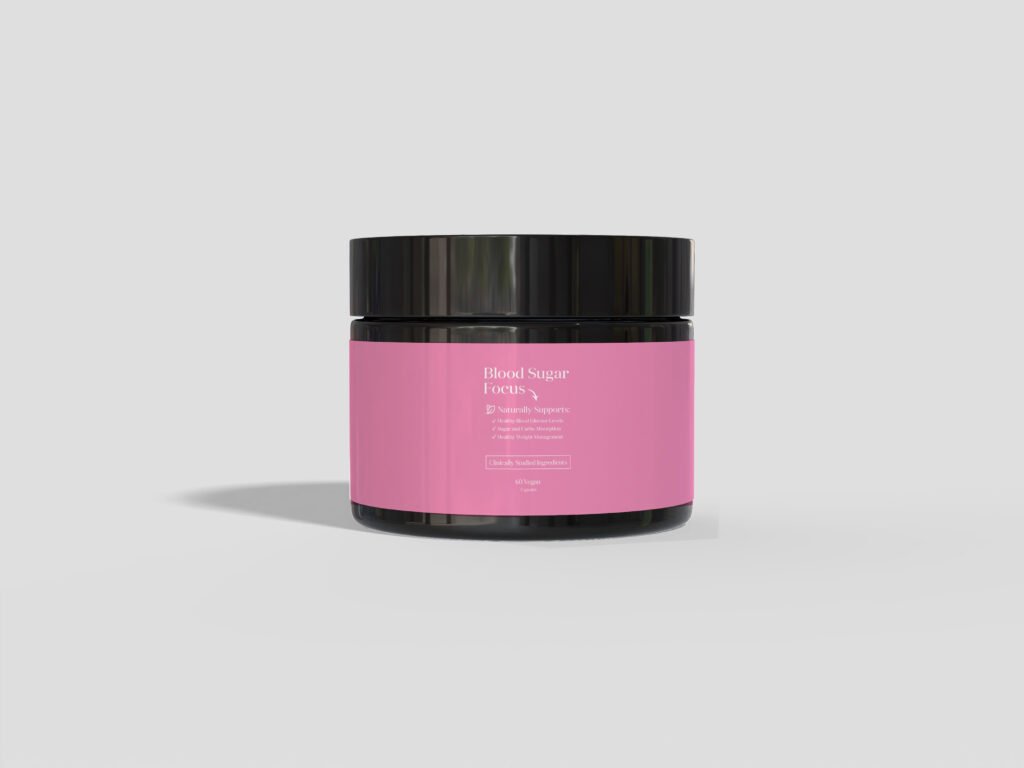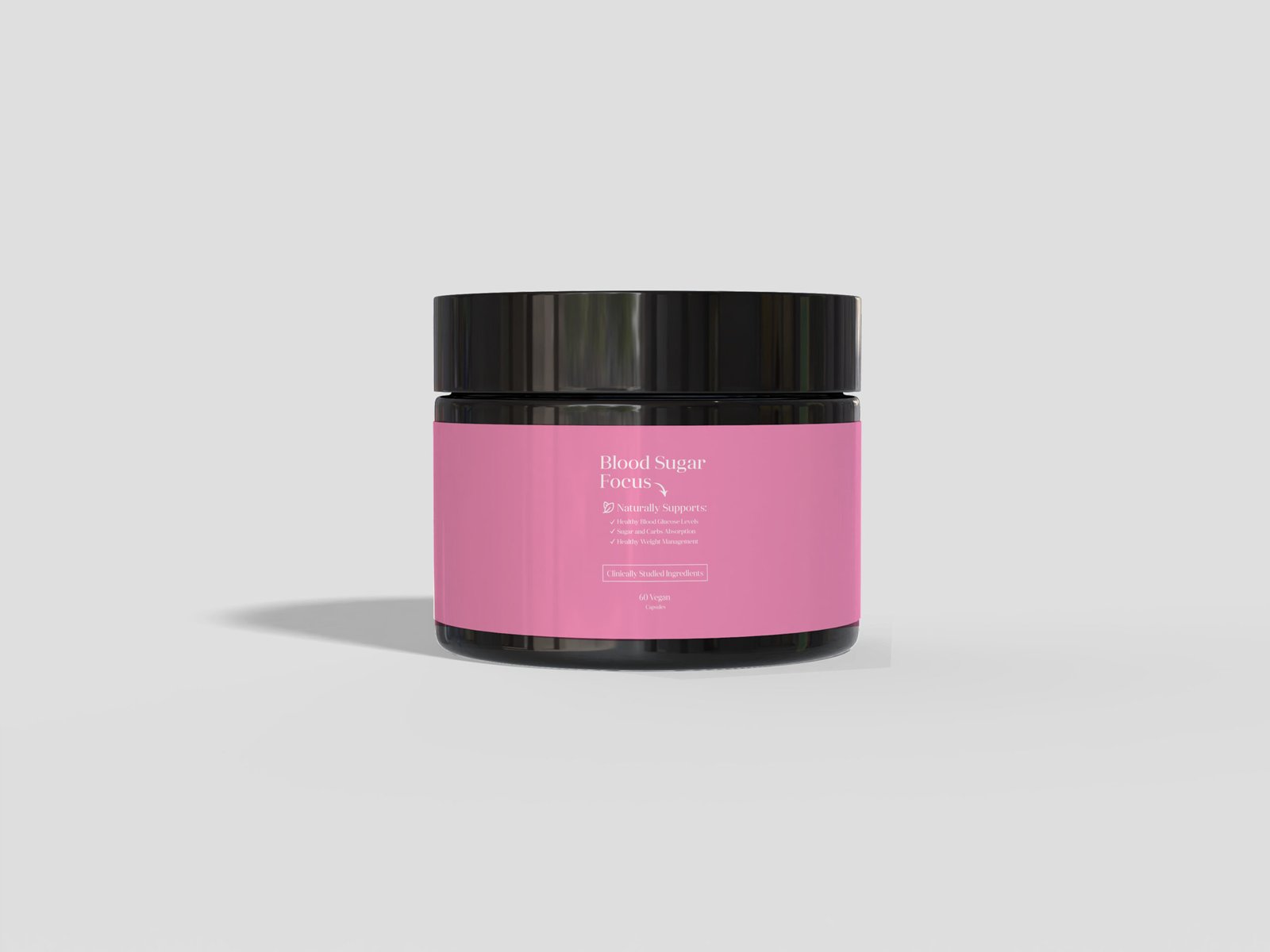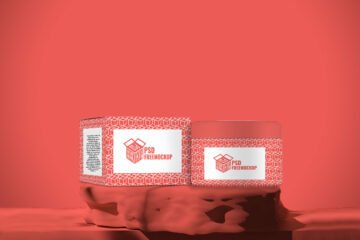The world of Cosmetic Jars mockup is as much about presentation as it is about the effectiveness of the product. From luxury skincare to mass-market moisturizers, the packaging plays a crucial role in the consumer experience. One packaging solution that stands out for its versatility, elegance, and functionality is the cosmetic jar. Whether made from glass, plastic, or eco-friendly materials, the cosmetic jar has become a staple in the beauty industry. This article dives into the various aspects of cosmetic jars—their design, functionality, and the role they play in sustainability trends.
Cosmetic Jars mockup

The Evolution of Cosmetic Packaging
Cosmetic jars mockups packaging has come a long way from simple containers to highly engineered vessels that serve both functional and aesthetic purposes. In the early days, beauty products were often stored in plain jars, pots, or even metal tins. These containers, though functional, lacked the design considerations that modern consumers expect.
As the cosmetics industry evolved, packaging became more sophisticated, leading to the birth of cosmetic jars as we know them today. These jars are not merely containers; they are essential branding tools. Brands like Chanel, La Mer, and Estée Lauder have elevated cosmetic jars into symbols of luxury and elegance, demonstrating that packaging is just as crucial as the formula inside.
The Aesthetic Appeal of Cosmetic Jars
One of the key elements that make cosmetic jars mockups so appealing is their aesthetic value. The tactile sensation of unscrewing a smooth glass jar or opening a beautifully designed plastic container adds to the user experience. When displayed on a vanity or bathroom shelf, cosmetic jars often serve as a form of decor, blending functionality with beauty.
For premium brands, the jar becomes a symbol of the product’s value. The weight of the jar, the clarity of the glass, and the detailing on the cap or label all contribute to the perception of quality. Heavy glass jars, in particular, are used to house high-end skincare products, offering a sense of luxury with each use. On the other hand, lightweight plastic jars are often employed for travel-friendly or budget-conscious lines, offering a more practical and durable solution without compromising on design.
Aesthetic design considerations often include:
- Shape: From round to square, oval to hexagonal, the shape of the jar can make a statement. For example, square jars offer a modern, edgy look, while round jars tend to feel more classic and approachable.
- Color: Clear glass jars allow consumers to see the product inside, which is especially popular with natural or organic cosmetics. Colored or frosted jars add a layer of sophistication and can hint at the brand’s identity.
- Labeling and Branding: Minimalistic designs with clean fonts are often preferred by high-end brands, while more vibrant labels with intricate detailing appeal to a younger, more playful audience.
- Cap and Closure Design: From sleek metallic finishes to eco-friendly bamboo lids, the choice of closure can influence both the jar’s functionality and aesthetic appeal.

Conclusion
Cosmetic jars have transcended their basic function as product containers to become integral elements of brand identity, consumer experience, and environmental responsibility. Whether made from glass, plastic, or sustainable materials, these jars embody the beauty industry’s dual focus on functionality and aesthetics. As the demand for greener packaging grows and innovation continues, the cosmetic jar will undoubtedly remain at the forefront of packaging design, evolving to meet the changing needs of both consumers and the planet.
With the right balance of practicality, style, and sustainability, the humble cosmetic jar is set to remain a cornerstone of beauty packaging for years to come.
To download exciting free premium pattern designs, find them here:
Also read and download more from here


